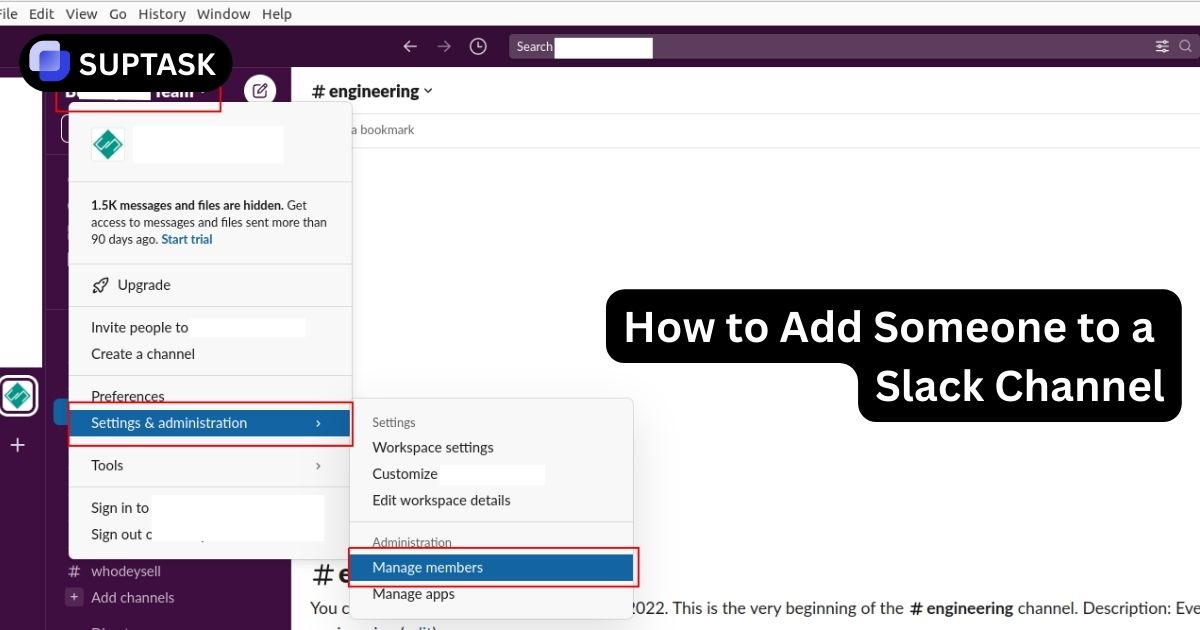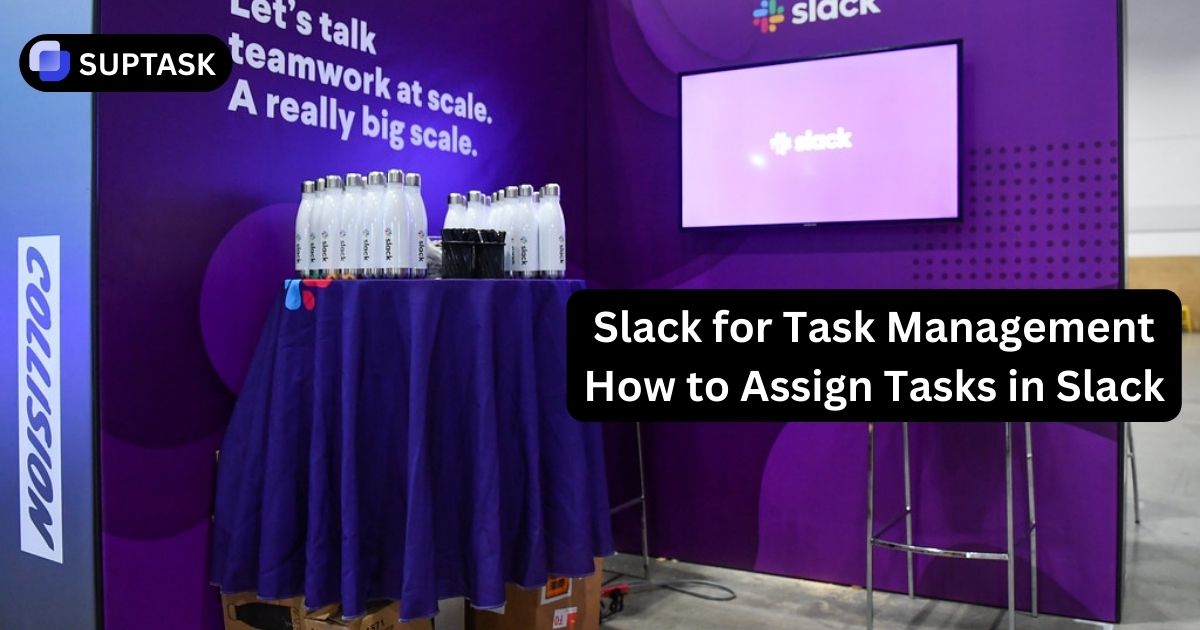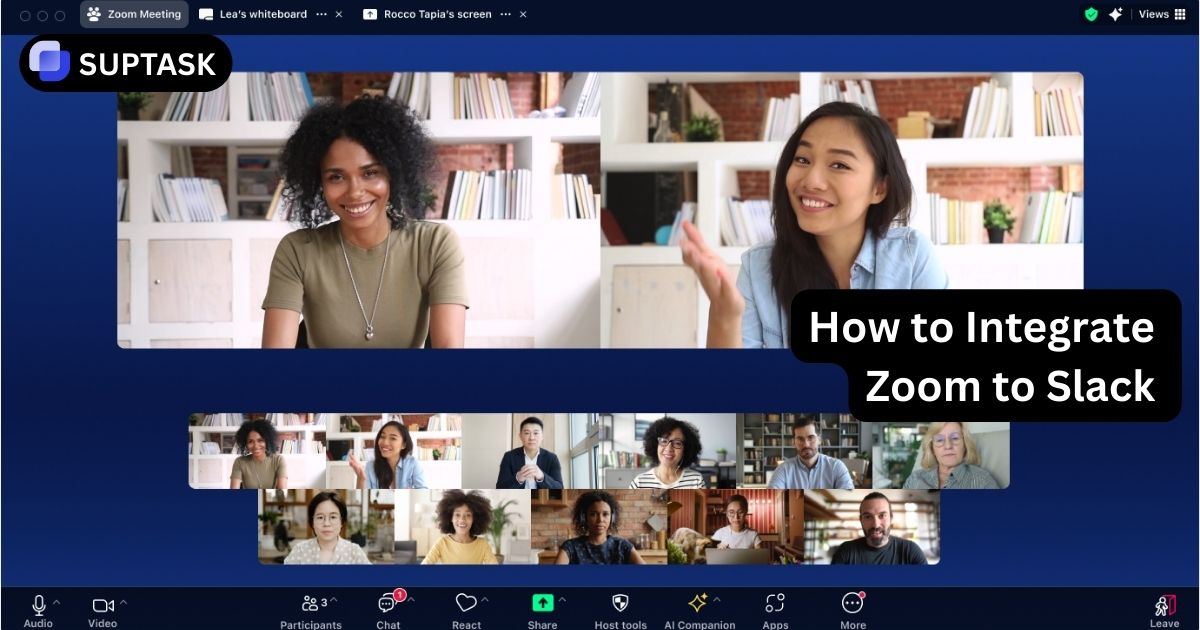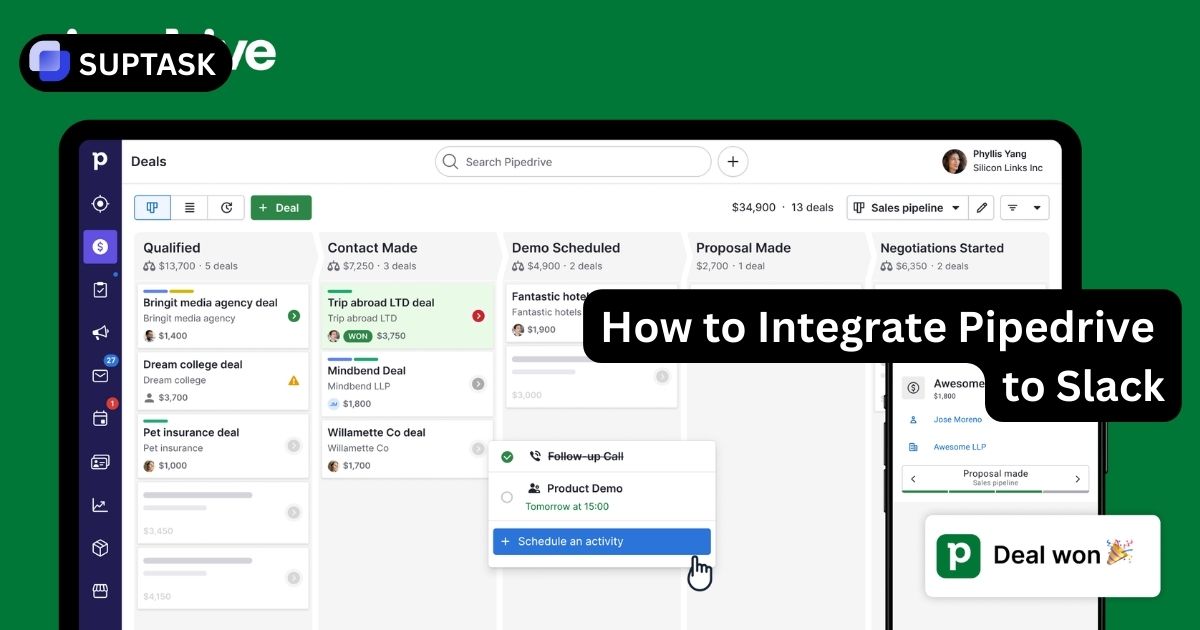Looking for employee recognition examples? In this article, you’ll find many examples of employee recognition, from public shout-outs to private praise, designed to make your employees feel valued.
Key Takeaways
- Regular employee recognition boosts morale and engagement, resulting in lower turnover and increased productivity.
- There are various forms of recognition, including public, private, peer-to-peer, and manager-to-employee, each with its unique benefits.
- Creative recognition ideas, like experiential rewards and personalized acknowledgments, significantly enhance employee appreciation and contribute to a positive company culture.
Recognizing Top Performance
.webp)
Recognizing employee success is critical to increasing engagement, morale, and productivity. Valued employees are four times more likely to stay engaged, which in turn fosters a favorable work environment.
Simple gestures, such as honoring milestones, celebrating accomplishments, and sharing public commendations, can significantly impact team motivation.
Individuals respond strongly to tailored acknowledgment messages, making these efforts more meaningful.
Regular employee recognition minimizes turnover and fosters an environment of excellence and continuous development.
A well-structured program ensures consistent recognition, which drives overall success and pleasure.
Types of Employee Recognition

Understanding the distinct forms of employee recognition is crucial, as it enables the creation of an inclusive program that addresses various needs and preferences.
This article explores the distinction between public and private recognition, peer-to-peer acknowledgment, and manager-to-employee commendation.
These various kinds can be customized to align with your company’s values and objectives while offering specific advantages.
Public Recognition
Acknowledging staff achievements through public recognition is an effective way to elevate employee morale and commitment.
Such methods of acknowledgment might encompass conferring ‘Employee of the Month’ distinctions, offering commendations in assemblies, or giving kudos on social media platforms.
This augments their motivation by raising their profile and inspires fellow employees to seek similar accolades.
Open praise can significantly boost staff morale and foster a positive work environment.
Recognizing individuals amongst colleagues doesn’t just convey appreciation — it establishes an aspirational standard for everyone within the organization.
Private Recognition
Acknowledging an employee’s hard work through private accolades, such as individual praise, bespoke appreciation messages, and confidential discussions about progress, can create a deeper bond.
This form of acknowledgment resonates strongly with employees on an emotional level.
Valuing staff members individually enhances the rapport between individuals and instills a sense of distinctive worth in them.
Specifically, highlighting accomplishments related to personal growth and professional development is highly effective in private settings.
Peer-to-Peer Recognition
Peer-to-peer recognition, complemented by activities like team-building workshops, strengthens collaboration and support among coworkers.
Examples include employee nominations, team shout-outs, and appreciation platforms. This type of recognition strengthens team bonds, fosters a sense of camaraderie, and encourages cross-departmental collaboration, ensuring everyone feels valued and connected.
Platforms that facilitate peer-to-peer recognition can enhance team dynamics by fostering a positive feedback culture.
Peer-to-peer recognition cultivates a more inclusive and engaging workplace.
Manager-to-Employee Recognition
Acknowledging employees through manager-to-employee recognition is crucial for highlighting the importance of each member’s input and solidifying bonds between leadership and staff.
Examples of employee recognition include rewards like monetary bonuses, additional vacation days, and accolades tied to work performance.
Such gestures of employee appreciation signal that management acknowledges the hard work of their teams and supports their ongoing professional development.
When managers express appreciation, it elevates morale and nurtures a workplace atmosphere brimming with a positive attitude—an essential lesson for anyone learning how to be a better manager.
This acknowledgment aligns with organizational principles and fosters an environment conducive to diligent work.
Honoring milestones, such as work anniversaries and exceptional teamwork abilities, through manager-led commendations can dramatically enhance employee engagement and overall productivity within the company.
Creative and Unique Employee Recognition Ideas
.webp)
Incorporating distinctive and imaginative ways to recognize employees into your recognition program can profoundly influence their engagement and morale.
Such innovative approaches to acknowledgment do more than convey appreciation to the workforce; they also foster a sense of community and shared purpose. They also cultivate a positive company culture that enhances overall performance.
This discussion will explore various strategies, including experiential incentives, tailored acknowledgments, and public commendations in the presence of clients.
These suggestions encourage you to venture beyond conventional methods and adopt recognition tactics that genuinely connect with your team members.
Experiential Rewards
Providing rewards that offer experiences can lead to enduring memories and strengthen camaraderie among team members.
This might include company excursions, dining with executives, or obtaining passes to various events.
These forms of recognition do not involve cash but significantly enhance the overall work experience for employees.
These incentives support a balanced approach between professional responsibilities and personal relaxation time, positively making employees feel valued and driven.
Research indicates that 65% of workers prefer non-financial acknowledgments, underscoring the significance of prioritizing memorable experiential rewards over monetary bonuses.
Personalized Recognition
Employee recognition tailored to an individual’s likes and interests can leave a profound impression, making them feel valued and seen.
Examples of such personalized recognitions include giving custom-made presents or items aligned with their preferences, such as favorite books or tech gadgets.
Incorporating personalization into employee recognition programs is crucial. Nearly 50% of employees value being recognized in ways that resonate with their passions and values.
This method reinforces the sentiment that each employee is distinctly appreciated, serving as a potent motivator within the workplace.
Using an employee recognition platform can make it easier to organize and deliver personalized recognition consistently, especially as your team grows.
Recognition in Front of Clients
Acknowledging employees during meetings or presentations with clients can enhance their sense of pride and fortify their relationships with those clients.
Such public recognition raises the employee's status and demonstrates to clients the team's commitment.
By giving this form of recognition, you elevate an employee’s feeling of achievement and appreciation within your organization and in front of external parties.
This action communicates to clients that a solid commitment to excellence pervading your entire team is critical in driving its success.
Digital Employee Recognition
.webp)
Various online platforms and tools have modernized employee recognition in the digital era.
These digital solutions provide a straightforward, swift, and reachable means for acknowledging staff achievements, which is particularly beneficial for remote teams.
The following segment will explore the use of these online systems and instruments to give accolades and conduct virtual celebrations.
By leveraging these contemporary appreciation tactics, employees are guaranteed to feel appreciated universally, regardless of their geographical location.
Online Platforms & Tools
Employee recognition apps, internal social media channels, and other tools are available online. These user-friendly and convenient systems make them excellent for identifying team members, particularly in remote teams.
For example, Slack channel shoutouts enable team members to openly recognize achievements in real-time, establishing an appreciation and inclusive culture.
Companies can encourage continuous and visible acknowledgment of contributions by creating a dedicated Slack channel for recognition, such as #kudos or #team-shoutouts.
Suptask, a ticketing system created for Slack, goes beyond recognition by including features such as ticketing for employee nominations and feedback.
This enables teams to seamlessly incorporate recognition into their regular activities. With its configurable forms and analytics dashboards, Suptask allows managers to track and emphasize contributions, ensuring that staff efforts are never overlooked.
Many recognition solutions, including Suptask, offer customized features that align with your company's culture and values, thereby enhancing user experience and engagement.
Companies that integrate these technologies with existing workplace apps can accelerate recognition and foster a cohesive work environment.
Virtual Celebrations
Remote or hybrid work settings are well-suited for virtual celebrations catering to inclusivity.
These can be online team award ceremonies and appreciation events held remotely. Participants can join these occasions via live streaming from various places.
Remote teams foster a stronger sense of unity by providing everyday experiences through festivities and interactive activities like team meeting games.
Virtual acknowledgment gatherings play a significant role in promoting team solidarity and ensuring that employees feel valued, regardless of their position.
Best Practices for Effective Employee Recognition
.webp)
Aligning employee recognition with the company’s core values while ensuring it is regular and sincere plays a crucial role.
Incorporating employees in crafting an employee recognition message or spearheading their initiatives can amplify its effects.
When recognition is given promptly, it becomes more significant and impactful. Steady and heartfelt efforts to recognize team members are instrumental in elevating employee morale, increasing engagement levels, and boosting overall productivity, thereby fostering a positive work atmosphere.
FAQs
Why is employee recognition important?
Employee recognition fosters a positive workplace culture, motivates employees, boosts engagement, and encourages retention and high performance.
What are some examples of public recognition?
Public recognition includes Employee of the Month awards, meeting shout-outs, and social media acknowledgments to boost morale.
How can I personalize employee recognition?
Personalized recognition includes customized gifts, such as favorite books or gadgets, that show genuine appreciation for individual contributions.
What are the benefits of using digital recognition platforms?
Digital recognition platforms enhance team morale, offer quick recognition, and integrate seamlessly into workflows, especially for remote teams.
How can virtual celebrations enhance employee engagement?
Virtual celebrations foster camaraderie and inclusion, creating shared experiences that engage remote teams and strengthen workplace connections.













